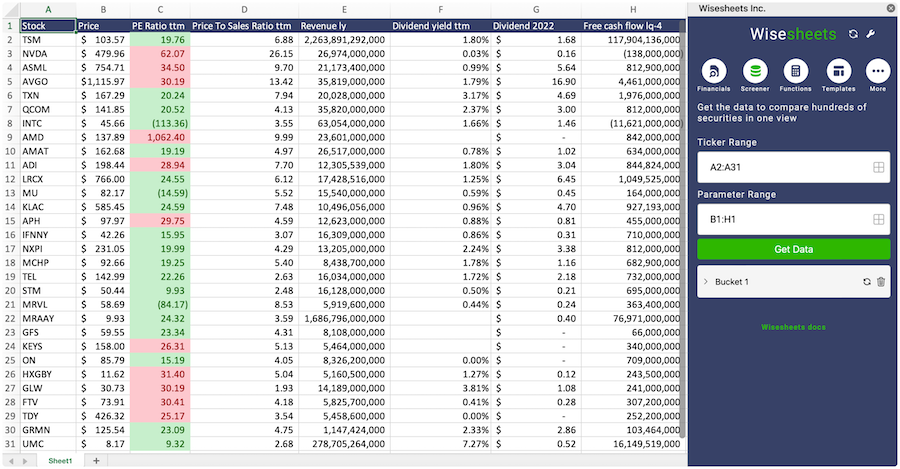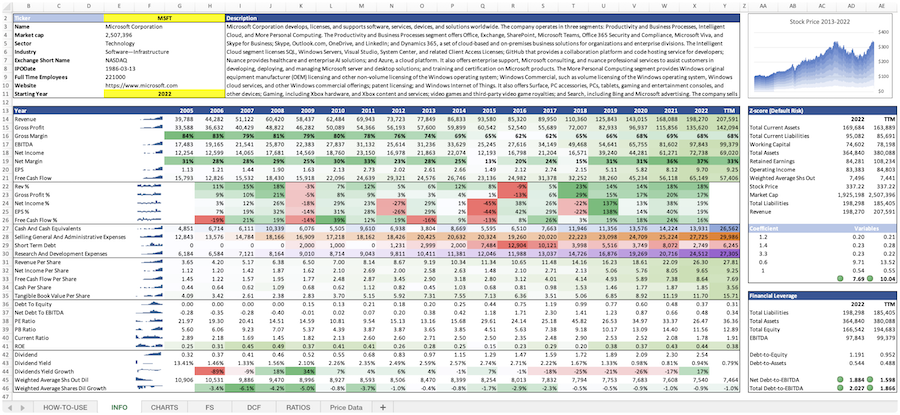Appier Group, Inc.
4180.T
Price:
$1144
Market Cap:
$116.48B
Appier Group, Inc., a technology company, provides artificial intelligence (AI) platforms for enterprises to make data-driven decisions in Japan and internationally. Its products include AiDeal, an AI-based analytics solution for making purchase decisions; AIQUA, a user engagement platform that helps customers to engage end users across various marketing channels; AIXON, a data science platform that unifies existing customer data to help clients to understand audience and run AI models to predict their future action; and CrossX, a user acquisition platform. Appier Group, Inc. was incorporated in 2018 and is headquartered in Tokyo, Japan.
Industry
Software - Infrastructure
IPO Date
2021-03-30
Stock Exchange
JPX
Ticker
4180.T
PE Ratio
[37.99]
ROE
[10.04%]
Current Ratio
[2.50]
Dividend Yield
[0.17%]
Enterprise Value
[113.25B]
Dividend History
The PE Ratio as of December 2025 (TTM) for Appier Group, Inc. (4180.T) is 37.99
According to Appier Group, Inc.’s latest financial reports and current stock price. The company's current PE Ratio is 37.99. This represents a change of -86.29% compared to the average of 277.16 of the last 4 quarters.
Appier Group, Inc. (4180.T) Historical PE Ratio (quarterly & annually)
How has 4180.T PE Ratio performed in the past?
The mean historical PE Ratio of Appier Group, Inc. over the last ten years is 784.67. The current 37.99 PE Ratio has changed 384.15% with respect to the historical average. Over the past ten years (40 quarters), 4180.T's PE Ratio was at its highest in in the March 2025 quarter at 975.19. The PE Ratio was at its lowest in in the March 2023 quarter at -1267.00.
Average
784.67
Median
-40.38
Minimum
-130.54
Maximum
6.45K
Appier Group, Inc. (4180.T) PE Ratio by Quarter and Year
Discovering the peaks and valleys of Appier Group, Inc. PE Ratio, unveiling quarterly and yearly fluctuations to gain insights into the company’s financial performance and market dynamics, offering valuable data for investors and analysts alike.
Maximum Annual Increase = 61.64%
Maximum Annual PE Ratio = 6.45K
Minimum Annual Increase = -Infinity%
Minimum Annual PE Ratio = -130.54
| Year | PE Ratio | Change |
|---|---|---|
| 2024 | 50.87 | -72.91% |
| 2023 | 187.77 | -97.09% |
| 2022 | 6.45K | -5739.42% |
| 2021 | -114.43 | -12.34% |
| 2020 | -130.54 | 61.64% |
| 2019 | -80.76 | -8.70% |
| 2018 | -88.45 | -Infinity% |
Appier Group, Inc. (4180.T) Average PE Ratio
How has 4180.T PE Ratio performed in the past?
The current PE Ratio of Appier Group, Inc. (4180.T) is less than than its 3-year, less than than its 5-year, and less than than its 10-year historical averages
3-year avg
2.23K
5-year avg
1.29K
10-year avg
784.67
Appier Group, Inc. (4180.T) PE Ratio vs. Peers
How is 4180.T’s PE Ratio compared to its peers?
Appier Group, Inc.’s PE Ratio is less than PKSHA Technology Inc. (38.77), less than SAKURA Internet Inc. (75.39), greater than Cybozu, Inc. (25.07), less than MegaChips Corporation (47.17), greater than Totech Corporation (13.05), greater than Timee, Inc. (29.80), greater than Transcosmos Inc. (10.31), greater than WingArc1st Inc. (23.21), greater than Elecom Co., Ltd. (13.99), greater than GungHo Online Entertainment, Inc. (23.65),
| Company | PE Ratio | Market cap |
|---|---|---|
| 38.77 | $103.94B | |
| 75.39 | $120.61B | |
| 25.07 | $133.69B | |
| 47.17 | $127.55B | |
| 13.05 | $148.59B | |
| 29.80 | $138.33B | |
| 10.31 | $141.27B | |
| 23.21 | $122.37B | |
| 13.99 | $134.88B | |
| 23.65 | $134.16B |
Build a custom stock screener for Appier Group, Inc. (4180.T) and other stocks
One of the best ways to find valuable stocks to invest in is to build a custom made screener in your Excel or Google Sheets spreadsheet. This allows you to compare thousands of companies like Appier Group, Inc. using the financials and key metrics that matter to you in a single view.
The easiest way to set this up is to use the Wisesheets add-on and set your spreadsheet like this:
Covering all these metrics from financial, data, dividend data, key metrics and more you can get all the data you want for over 50+ exchanges worldwide.
Get your free trial here.
Appier Group, Inc. (4180.T) and other stocks custom spreadsheet templates
The easiest way to analyze a company like Appier Group, Inc. or any others is to create a spreadsheet model that automatically retrieves all of the stock data you need.
Using Wisesheets you can set up a spreadsheet model like this with simple spreadsheet formulas. If you change the ticker you can get all of the data automatically updated for you.
Whether you need live data, historical price data, financials, dividend data, key metrics, analyst estimates, or anything else...Wisesheets has you covered.
Frequently asked questions❓
What is the PE Ratio?
How can you use the PE Ratio?
What is Appier Group, Inc.'s PE Ratio?
How is the PE Ratio calculated for Appier Group, Inc. (4180.T)?
What is the highest PE Ratio for Appier Group, Inc. (4180.T)?
What is the 3-year average PE Ratio for Appier Group, Inc. (4180.T)?
What is the 5-year average PE Ratio for Appier Group, Inc. (4180.T)?
How does the current PE Ratio for Appier Group, Inc. (4180.T) compare to its historical average?

